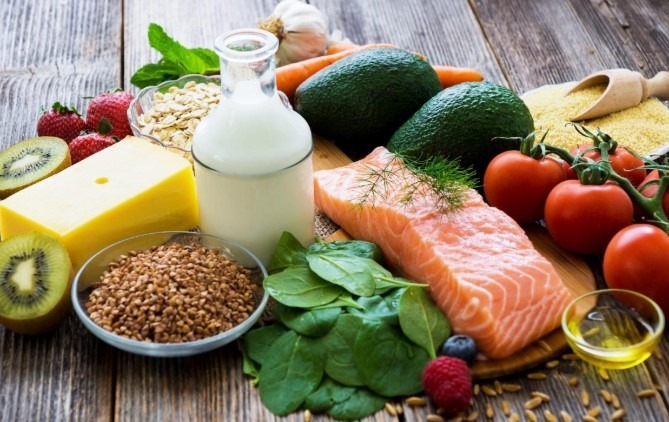Food is a science in itself.
When grocery shopping, it is essential to understand what is going into your body. Food labels, however, can be tricky. Additionally, understanding nutrition as a whole can take research and time.
However, when you are shopping consciously and organically, it doesn’t have to be a difficult thing to shop with health first in mind. There is a way to understanding nutrition in the food that you are buying.
Here are ways to understand the food labels behind what you are buying.

Understanding Nutrition: How to Recognize Serving Size
The first information on a nutrition facts label is the serving size. Some snacks and other foods may surprise you by having multiple servings in one package. Serving size helps with understanding portions.
Portion control is good because it helps you maintain a balanced and well-rounded diet. This way, you know precisely the right amount of food you are putting in your body. Additionally, the serving size is first on the nutrition label is vital because the nutrition guidelines are all based on that one serving.
Serving size comes first, and is the foundation of the facts to follow.
Understanding Calories
Calories are good for us. They provide us with energy to tackle our days, and fuel our bodies with the alertness and sustenance. However, like anything, too much of a good thing is not a good thing.
When you eat more calories than your body burns, it can lead to weight gain. The average adult needs around 2,000 calories a day to maintain their weight. There are, of course, specific plans for individuals depending on their goals, but most nutrition labels are geared towards the 2,0000 calorie diet.
Calories are second on the nutrition label, as they are measured based on the serving size. To understand calories better, think about what you want out of your food. Healthy foods can be high calories per serving (like avocados, bananas, etc.) and unhealthy food can be low in calories per serving (Oreos, Doritos, etc.)
Calories are not as rigid as you may think, and it’s better to eat more calories with foods that are healthier for you then fewer calories with foods that are bad for you. The calories, mixed with the nutrients to follow, can give you a more accurate read of what you should be buying.
The Science Behind Nutrients
Nutrients are listed third, and they are what you should most closely be looking at. Serving size and calorie count are not everything. In this section, you can see exactly what makes up the food you are consuming.
There are general nutrients to stay away from. These include saturated fat, added sugars, and sodium. These most individuals to stay away from because they do not provide any sort of direct nutrition. They are healthy fats and healthy sugars, but anything in excess is unneeded.
Depending on your personal weight goals, you may want to eat more protein or lower carbs. This section of the nutrition label helps you understand exactly what you need and how much of it you need. It’s beneficial to know your stuff about nutrition and how much of each nutrient your body needs. Websites like https://thenutritioninsider.com/ and many more are available to help you further understand the science behind nutrients.
Additionally, when you shop try to shop organically. There are more and more organic food options that provide well-rounded nutrition.
Having Balance
Now that you have the tools you need to understand food labels, it is important to understand a healthy diet. Multiple studies show that it is imperative to eat a well balanced, healthy diet.
This way, you can have the tools to understanding nutrition and the label to fuel your body with the best.
I’m a 20-something stay-at-home mother and wife. I have an amazing husband, a beautiful daughter, two loving dogs, and a lazy cat. I wouldn’t change my life for anything! I love to read, listen to music, cook and blog!

Speak Your Mind